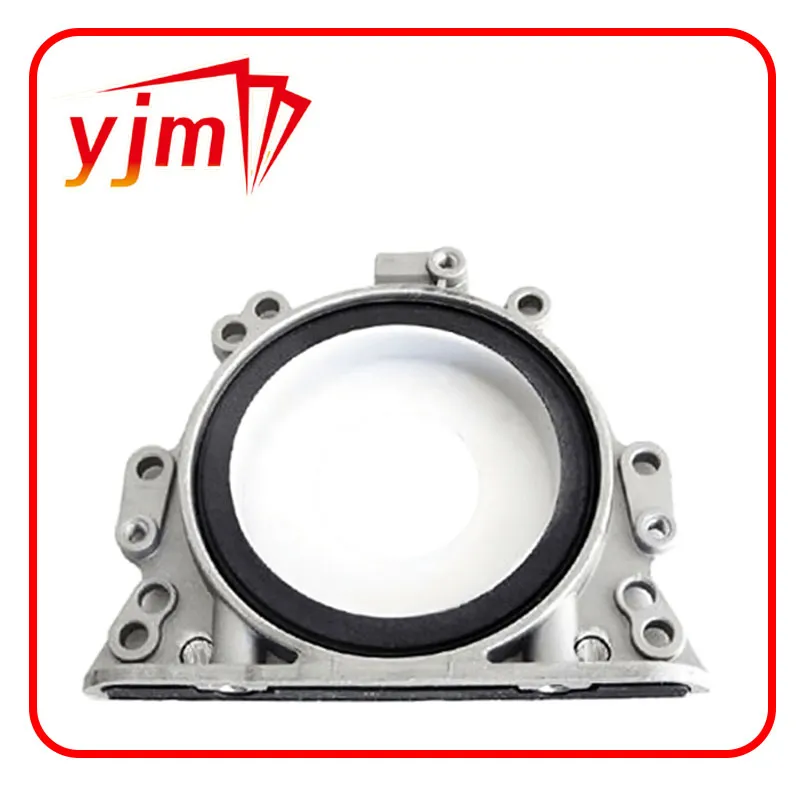M14x1 Drain Plug Replacement for Efficient Fluid Management and Leak Prevention
Understanding the M14x1.75 Drain Plug A Comprehensive Guide
In the world of automotive repair and maintenance, the need for quality components is paramount. One such component is the drain plug, specifically the M14x1.75 drain plug. This small yet crucial element plays a significant role in the functionality and longevity of vehicles.
What is an M14x1.75 Drain Plug?
The designation M14x1.75 indicates specific dimensions and threading of the drain plug. The 'M' signifies that it is a metric component, while the '14' refers to the nominal diameter of the plug in millimeters. The '1.75' indicates the pitch of the thread, which is the distance from one thread crest to the next, also measured in millimeters. This standard sizing ensures that the drain plug fits securely into the designated port of an engine, transmission, or other fluid reservoir.
Importance of the Drain Plug
The main function of a drain plug is to seal an opening in a fluid reservoir. Whether it's an oil pan, transmission housing, or coolant system, drain plugs are essential in maintaining the integrity of the system. They prevent fluid leakage, thus ensuring that the vehicle operates efficiently and safely. Without a functioning drain plug, oil or coolant could escape, leading to potential engine damage or overheating.
Additionally, a drain plug provides easy access for fluid changes. Mechanics and DIY enthusiasts alike rely on a dependable drain plug to discharge old oil or coolant when performing maintenance. The hassle-free removal and installation of a well-designed drain plug make routine vehicle upkeep much more manageable.
Material Considerations
M14x1.75 drain plugs are commonly made from various materials, each chosen for its unique properties. Commonly used materials include aluminum, steel, and plastic.
1. Aluminum Lightweight and resistant to corrosion, aluminum drain plugs are a popular choice. They provide a good seal and are often used in applications where weight is a concern.
m14x1 75 drain plug

2. Steel Known for its strength, steel drain plugs are robust and can withstand high pressures and temperatures. However, they may be prone to corrosion if not properly treated or coated.
3. Plastic In some cases, plastic drain plugs are used to provide a cost-effective solution. While they may not be as durable as metal alternatives, they are resistant to corrosion and lightweight.
Choosing the Right Drain Plug
When selecting a drain plug, it’s critical to ensure that it matches the specific requirements of the vehicle, including thread size and pitch. Using an incompatible drain plug can lead to leaks, stripped threads, or even damage to the component it is installed in.
It is also advisable to consider whether a washer is needed. Many drain plugs utilize a rubber or copper washer to create a tight seal. Over time, these washers can wear out, leading to leaks. Therefore, ensuring that the washer is in good condition when replacing a drain plug is essential for effective sealing.
Installation and Maintenance
Installing an M14x1.75 drain plug requires some basic tools, such as a socket wrench or a ratchet. Before installation, it’s always best to clean the threads of the drain hole to remove any debris or old sealant. Applying a suitable thread sealant or new washer can enhance the seal and prevent leaks.
Regularly checking the drain plug for tightness and inspecting for any signs of leakage are good practices for vehicle maintenance. If a leak is detected, addressing the issue promptly can save you from more substantial problems down the line.
Conclusion
The M14x1.75 drain plug, though small in size, is a critical component that ensures the proper functioning of various fluid systems in vehicles. Understanding its specifications, types, and maintenance will aid vehicle owners and enthusiasts in achieving better performance and longevity from their machines. Whether you’re a seasoned mechanic or a new car owner, knowing the importance of the drain plug is essential for effective vehicle care.
-
The Ultimate Guide to Boat Propeller Bearings and Trailer Wheel Bearings
News Jul.31,2025
-
The Essential Guide to Marine Bearings and Boat Trailer Wheel Bearings
News Jul.31,2025
-
The Complete Guide to Heavy Duty Seals: Protecting Doors and Spaces Efficiently
News Jul.31,2025
-
Essential Guide to Marine Shaft Bearings and Boat Trailer Axle Bearings
News Jul.31,2025
-
Comprehensive Guide to Marine and Trailer Bearings for Safe Boating and Transport
News Jul.31,2025
-
Comprehensive Guide to Automotive Oil Seals: Protecting Your Engine and Shafts
News Jul.31,2025
-
Understanding Automotive Oil Seals: Essential Components for Engine and Shaft Protection
News Jul.30,2025
Products categories















